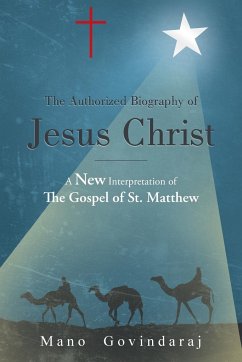
The Authorized Biography of Jesus Christ
A New Interpretation of the Gospel of St. Matthew
Versandkostenfrei!
Versandfertig in 1-2 Wochen
16,99 €
inkl. MwSt.

PAYBACK Punkte
8 °P sammeln!
The author describes how as a high school student, he first met the "scientific approach to the study of the Gospels" and learned that the Gospel of St. Matthew was copied from an "older" document called "Q." The question arose: if Matthew was a disciple of Jesus, why would he need another document to write about Jesus? A life-long struggle to answer that question resulted in the development of this new Interpretation. Matthew was a trained tax accountant. Taxation is all about keeping records and diaries. Jesus called Matthew to be a disciple. Matthew did what he knew best-keeping records and...
The author describes how as a high school student, he first met the "scientific approach to the study of the Gospels" and learned that the Gospel of St. Matthew was copied from an "older" document called "Q." The question arose: if Matthew was a disciple of Jesus, why would he need another document to write about Jesus? A life-long struggle to answer that question resulted in the development of this new Interpretation. Matthew was a trained tax accountant. Taxation is all about keeping records and diaries. Jesus called Matthew to be a disciple. Matthew did what he knew best-keeping records and diaries as directed by Jesus. Analyzing its contents using principles of information assurance, Mano concludes that this gospel is in two parts. The first nine chapters happened before the call of Matthew, and the source of data is Jesus. After chapter ten, Matthew is the source of data. He recorded events as indicated by Jesus, including events after the arrest. This is the justification for calling it an authorized biography of Jesus Christ. The Ascension is omitted. That significant omission proves that this gospel was not written by a "Christian," but happened because Matthew ceased his diaries before the Ascension. These diaries were obtained by Christians many years later and recognized as a gospel.






![Biography of the Rev. William Gundy, for Twenty Years a Minister of the Methodist New Connexion Church in Canada [microform] Cover Biography of the Rev. William Gundy, for Twenty Years a Minister of the Methodist New Connexion Church in Canada [microform]](https://bilder.buecher.de/produkte/66/66150/66150699n.jpg)
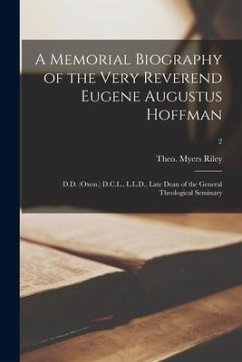
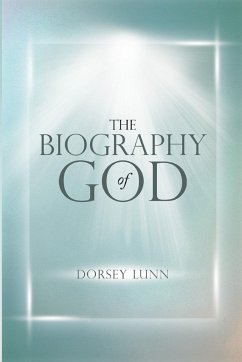
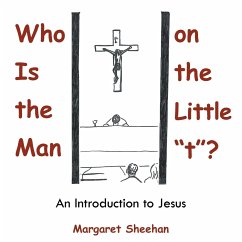
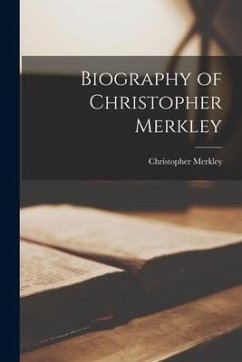

![George H.C. Macgregor, M.A. [microform]: a Biography Cover George H.C. Macgregor, M.A. [microform]: a Biography](https://bilder.buecher.de/produkte/66/66128/66128244n.jpg)